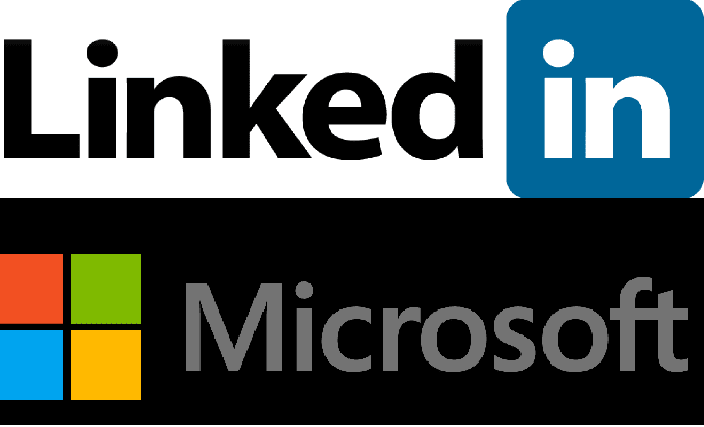
Earlier this year, Microsoft acquired LinkedIn for $26.2 billion, and while some may assume it was simply because Microsoft wanted to own a successful social network, there are actually real synergies at play. After all, the Redmond giant has made giant strides in the past year in improving its enterprise offerings — everything from expanding its Azure cloud serves to further integrating its Dynamics and Office 365 products. And LinkedIn isn’t just another social network; it’s one primarily focused on business-related activity. That means there’s a lot of potential to integrate LinkedIn data into Microsoft’s SMB (small to medium sized business) and enterprise offerings.
This is especially good news if you’re a trade association that uses Dynamics CRM (now Dynamics 365) as your association management software. Why? Here are four reasons:
Your Members are on LinkedIn
As a trade association or professional society, your customers/members are working professionals, or companies made up of these professionals, within a given field. These customers are much more likely to be looking for content related to their careers on LinkedIn than, say, Facebook or Twitter. Additionally, what your members are sharing on LinkedIn and what their sentiment is on certain topics is information that you want to know to provide them better products and services. My guess is Microsoft makes it easier to collect and report on these insights within Dynamics 365 in the near future.
Better Data
Your AMS/CRM performs at its best when you have the maximum amount of data on a member. But let’s say your AMS has information on a member’s current employer but nothing on past jobs, where they went to school, their other affiliations, certifications, volunteer activities, etc. If your organization’s membership is made up of companies, LinkedIn provides quick insight into their current leadership and staff. With all that information and more sitting within the member’s LinkedIn profile, Microsoft could pull it directly into the Dynamics 365. Imagine having all of that information when you load a member’s record or construct a marketing campaign.
[LIKE THIS ARTICLE SO FAR? THEN YOU’LL WANT TO FOLLOW US ON TWITTER TO GET THE LATEST ASSOCIATION MANAGEMENT INSIGHTS]
Better Ad Targeting
An important task for almost all associations is marketing to both current and prospective members. While LinkedIn has good profession and industry specific ad targeting as well as the ability to target based on email lists, direct integration with CRM data will allow an organization to be even more precise in its LinkedIn ad targeting. Imagine being able to easily target people on LinkedIn based on the fact that they attended your annual conference last year or participated in an online course you hosted. The targeting specifications would be limited only by the data you have in your AMS/CRM.
Great Online Forums
One of the most successful tools on LinkedIn is LinkedIn Groups. Currently there are thousands of thriving groups on industry specific topics. Online forums also happen to be a major value add from associations, but most have been wary of hosting them on LinkedIn because there’s no AMS/CRM integration that allows you to limit access to a LinkedIn Group based on their member profile. My guess is that Microsoft will make it easier for organizations to control and market their groups; making it less necessary for them to purchase separate online forum software.
***
Of course, the deal just closed a few months ago, so we don’t really know a lot of details. In fact, most of the ideas presented in this article are equal parts speculation and information gleaned from conversations with Microsoft staff and other partners. We do know one thing – Microsoft didn’t make the largest acquisition in its history without plans to integrate it into its flagship business offerings. I believe it’s not a question of if LinkedIn will be tied into Office 365 and Dynamics 365, it’s when.
Are you ready to take your association to the next level with cutting-edge association management software? Go here to learn more.
